2021 on social media: a summary
2021 was one hell of a year. We spent most of it chronicling the various online phenomena that took over our timelines in our monthly series of social media digests for your reading pleasure. Now that the year is over, it’s time to take a minute and look back at what was certainly a turbulent year. Here’s a summary of the biggest trends of the year and how they evolved on a monthly basis.
COVID-19 and vaccines — the ongoing fight against the pandemic
We’re about to enter the third year of the COVID-19 pandemic, with no visible end in sight. Scientists managed a significant victory in 2021, however, delivering a working vaccine, which helps protect most of the population from the worst effects of the disease.
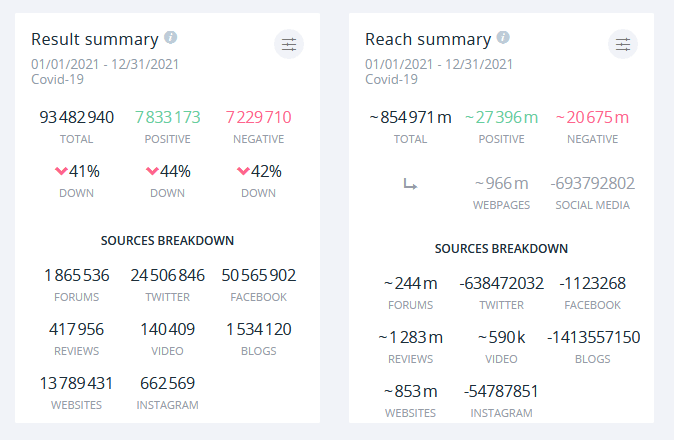
Unfortunately, this hasn’t prevented us from eradicating the disease. Loosened safety regulations combined with the continuous spread of anti-vax misinformation led to more and more new cases, as well as new variants — Delta, Lambda and Omicron — springing up. Just after New Year’s, the global COVID-19 case count broke 300 million worldwide. The United States is perhaps the worst hit country in the world, averaging around 800,000 new cases daily.
COVID misinformation continued all over the year, with prominent media figures like Joe Rogan in particular spreading the lie that ivermectin — an antiparasitic agent — is effective in fighting the disease, which led to a shortage… of horse dewormer.
In fact, ivermectin caused so many discussions, the resulting spike was on the same level as the rollout of vaccines!
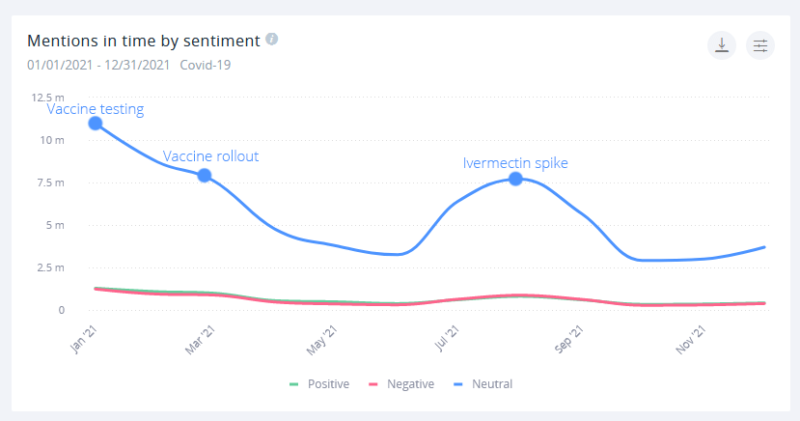
With misinformation rising across the globe, governments and social media platform holders alike have a great deal of work ahead of them — the latter, however, seem more interested in the latest “money making” fad…
NFTs — an astroturfed fad
NFTs were the biggest consumer trend of last year — purely because of how divisive they are. If the fad somehow passed you by, a NFT is essentially a database entry signifying that you’re the supposed owner of a digital file — be it a JPEG image, an MP3 audio file, whatever. You don’t actually get the file itself: someone else hosts it. But the ledger says you own it, and it’s on the blockchain, so of course it must be real (spoilers: it isn’t).
Like all crypto scams, the essence of the NFT grift is in recruiting new believers by convincing them a blessed database is an authoritative registrar of value. Just like star naming the grift isn't about utility it's simply a shared delusion in a get rich quick scheme.
/fin
— Stephen Diehl (@smdiehl) October 6, 2021
2021 can be summed up as new people and companies announcing their involvement in the NFT space, to receiving huge amounts of backlash and backpedaling. It happened to Discord, it happened to Mozilla, it is currently happening to Twitter. It will happen to you.
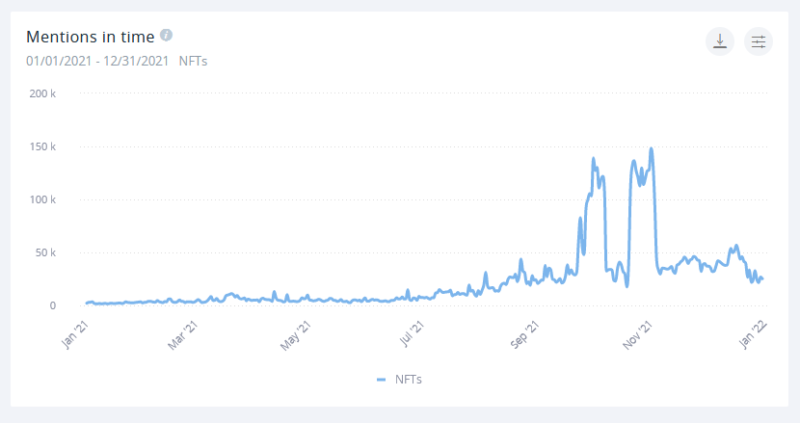
Despite this, social media is being hammered with new NFT promotions and evangelists. This is part of the culture now — any criticism of the concept of NFTs is considered spreading FUD (Fear, Uncertainty, Doubt) and is a quick way to get exiled from the “community”. As such, our analysis shows an unrealistic sentiment share — Twitter in particular is being spammed with constant positivity around the NFT craze. This is an artificially created fad, as evidenced by the sentiment share graph. Nothing gets results like this unless it’s faked.
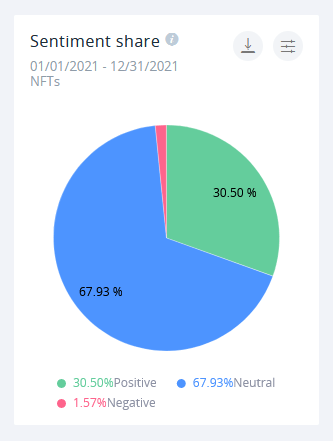
The toxic positivity has one goal: convincing new buyers to enter the space. Your ape pictures are only worth hundreds of thousands of dollars only if you can convince someone to pay that amount for them, after all. There’s a name for this kind of scheme: the “greater fool theory”.
For more information about how this trend came about and how it was promoted and pumped, watch Dan Olson’s excellent deep dive into NFTs.
Climate change continues
Last year brought on more and more startling effects of climate change. From wildfires in North America to unprecedented flooding in Germany, it’s clear that we’re not doing enough to stop our ecological impact.
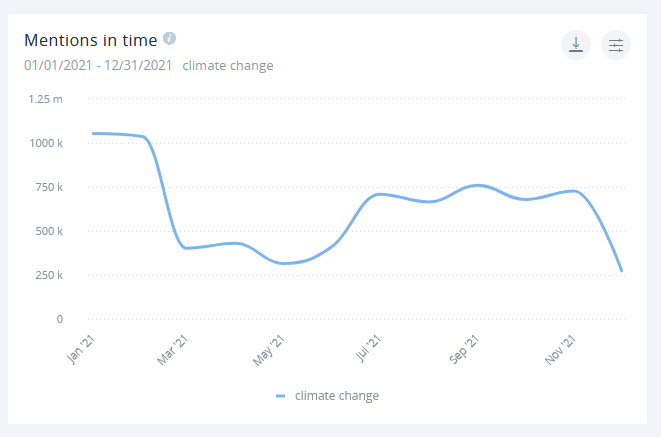
It’s also clear that we’re increasingly concerned about climate change. From July to November, we captured an average of around 700,000 mentions per month — and it’s perhaps not surprising, considering the gravity of the situation.
2021 was an extremely busy year for climate activists. Every single month, a major demonstration or protest was organized to protest governments and big companies dragging their feet in implementing mitigation measures. Analysts are predicting that protests and strikes will only continue growing — until satisfactory moves are taken by both governments and big business.
We can see the climate change discussion interwoven with other topics. Going back to the NFT debate for a moment, browsing the negative mentions for the topic reveals a common thread: the environmental impact.
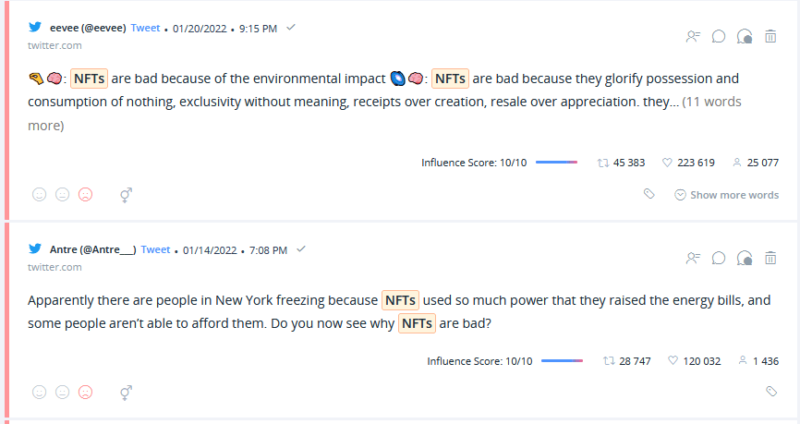
What this means for the world of business is clear: consumers are keenly aware of climate change. They’re quick to punish those brands that delve in unsustainable business practices and praise those that commit themselves to protecting the environment.
Here’s hoping this prompts some self-reflection on the part of boardroom members and shareholders, eh?



